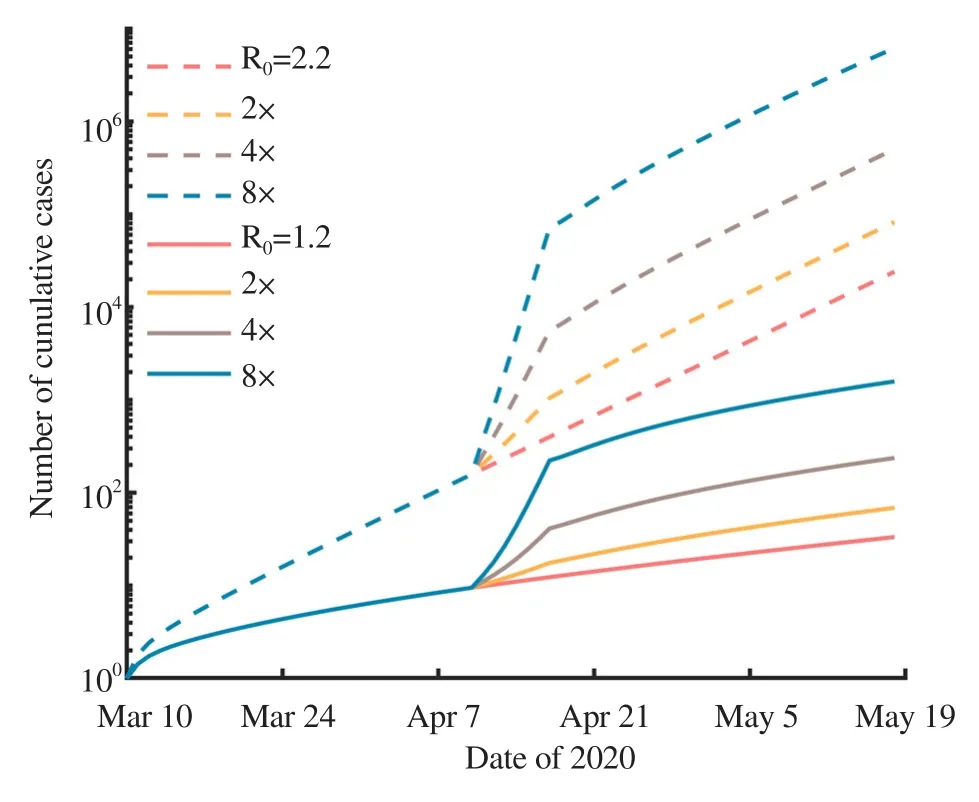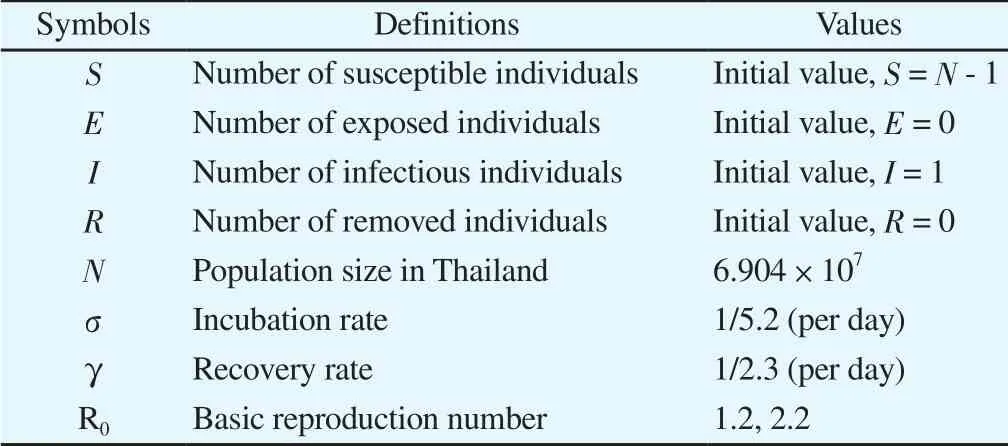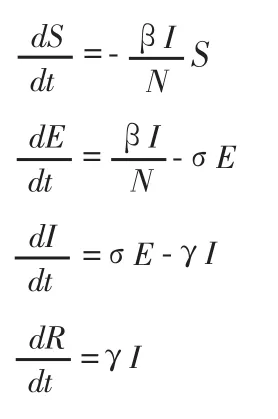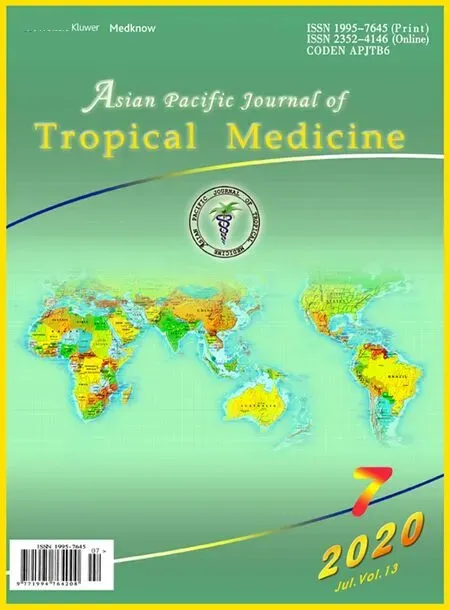Effect of the Songkran festival on COVID-19 transmission in Thailand
Natcha C. Jitsuk, Pikkanet Suttirat, Charin Modchang
Biophysics Group, Department of Physics, Faculty of Science, Mahidol University, Bangkok 10400, Thailand
In late December 2019, China declared that there were some citizens, in Wuhan, infected by an unknown pathogen[1]. The number of infectious patients has increased rapidly, not only in China but also in other countries throughout the world. Thailand reported the first coronavirus disease 2019 (COVID-19) infected case, who was a traveler from Wuhan, China, on January 3rd, 2020.Until March 10th, 2020, the number of cases in Thailand was 53[2,3].All of these detected cases were travelers from high-risk countries and Thai people who were in very close contact with travelers.These detected cases had been isolated and quarantined so that there was no sustained chain of transmission in Thailand before March 10th, 2020.
The Songkran festival in the middle of April is a large annual event for both Thai and foreign visitors in Thailand. A great number of tourists around the world visit Thailand and participate in this festival every year. In this event, a crowd splashes water on others and put liquid chalk on their faces. In the pandemic situation, these activities may lead to a large number of infected cases.
Although the Thai policymakers have recently decided to ban the Songkran festival this year in order to mitigate the COVID-19 transmission in Thailand, however, currently there is no estimate of how much the festival could affect the COVID-19 transmission. In this study, we, therefore, constructed a susceptibleexposed-infectious-recovered model to estimate possible COVID-19 transmission during the festival. All of the epidemiological parameters in the model were based on the transmission dynamics in Wuhan, China[4] (see the section of the disease transmission model below). We used money expense data during the festival last year to roughly approximate to how frequently people contacted each other during the festival. We found that Thai people spend more money on this event up to 6 times compared to the average daily expense[5]. These extra expenses could indicate higher human contact frequency during the festival.
Figure 1 shows the number of cumulative cases (not including the 53 confirmed cases reported on March 10th) in a scenario in which there is a sustained chain of transmission that starts on March 10th, 2020. We estimated the number of cumulative cases for the best-case (the basic reproduction number, R0=1.2) and worstcase (R0=2.2) scenarios. The result indicates that the festival could accelerate COVID-19 transmission in Thailand. When compared with the based-line case (no Songkran festival, red lines), we found that the festival can contribute up to 1.3-100 times higher number of infected people after the festival, depending on R0and the contact frequency during the festival. Our finding supports the policymakers’ decision to ban the Songkran festival in Thailand this year.

Figure 1. The estimated number of cumulative cases. Solid and dotted lines are the results of the best- and worst-case scenario, respectively.Lines with 2×, 4×, and 8× indicate the results when the human contact frequency during the festival increase by 2, 4, and 8 times, respectively.

Table 1. A summary of parameters and their values used in the model.
The disease transmission model: We used the following susceptibleexposed-infectious-recovered model to estimate the effect of the Songkran festival on the COVID-19 transmission in Thailand:

WhereS, E, I,andRare the number of susceptible, exposed,infectious, and removed individuals, respectively. σis a rate that is inversely proportional to the mean incubation period andγis a rate that is inversely proportional to the mean infectious period. β=R0γ is a disease transmission rate. The Songkran festival period was considered from April 11th to April 17th. During this period,the human contact frequency increases, as a result, the disease transmission rate is higher than usual. In this study, we investigated three scenarios in which the rate of COVID-19 transmission during the festival increases by 2, 4, and 8 times. Table 1 summarizes the parameters and their values used in the model.
Conflict of interest statement
We declare that we have no conflict of interest.
Funding
This project is financially supported by the National Science and Technology Development Agency, Thailand (PO20008199). The funders had no role in study design, data collection, and analysis,decision to publish, or preparation of the manuscript.
Authors' contributions
CM conceived and designed the study. NCJ and CM conducted the study and drafted the manuscript. PS collected data. All authors were responsible for analyses and data interpretation.
 Asian Pacific Journal of Tropical Medicine2020年7期
Asian Pacific Journal of Tropical Medicine2020年7期
- Asian Pacific Journal of Tropical Medicine的其它文章
- Will Africa experience a spike in COVID-19 cases?
- Case fatality rate of coronavirus disease 2019 (COVID-19) in Iran-a term of caution
- Leishmania donovani infection in Eastern Sudan: Comparing direct agglutination and rK39 rapid test for diagnosis-a retrospective study
- Predicting factors contributing to knowledge, attitudes and practices relating to Zika virus infection among the general public in Malaysia
- Prevalence and genotype distribution of Enterobius vermicularis among kindergarteners in Shiraz and Khorramabad cities, Iran
- Seroprotection after hepatitis B vaccination amongst infants aged between 12 and 24 months in Ho Chi Minh City, Vietnam
